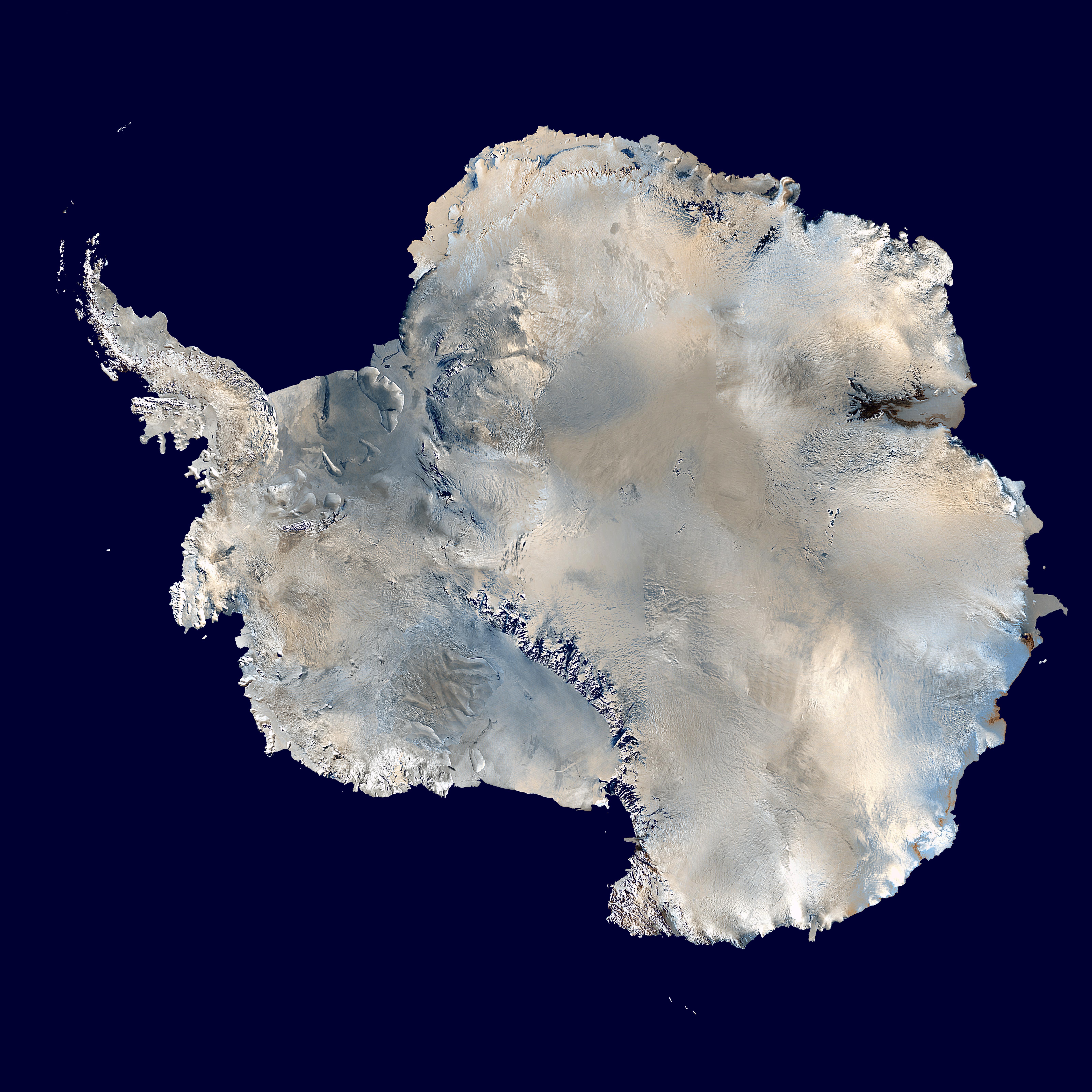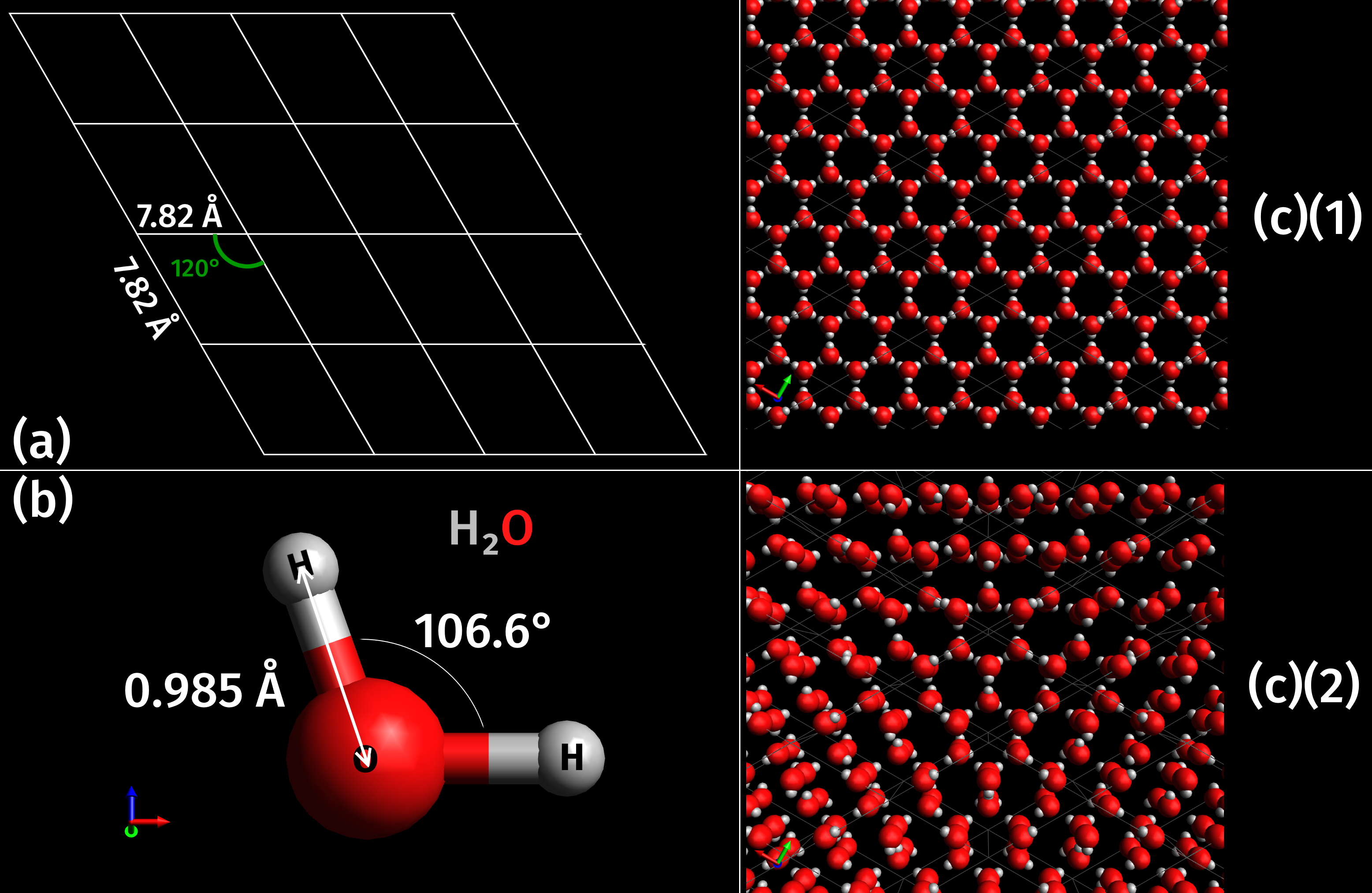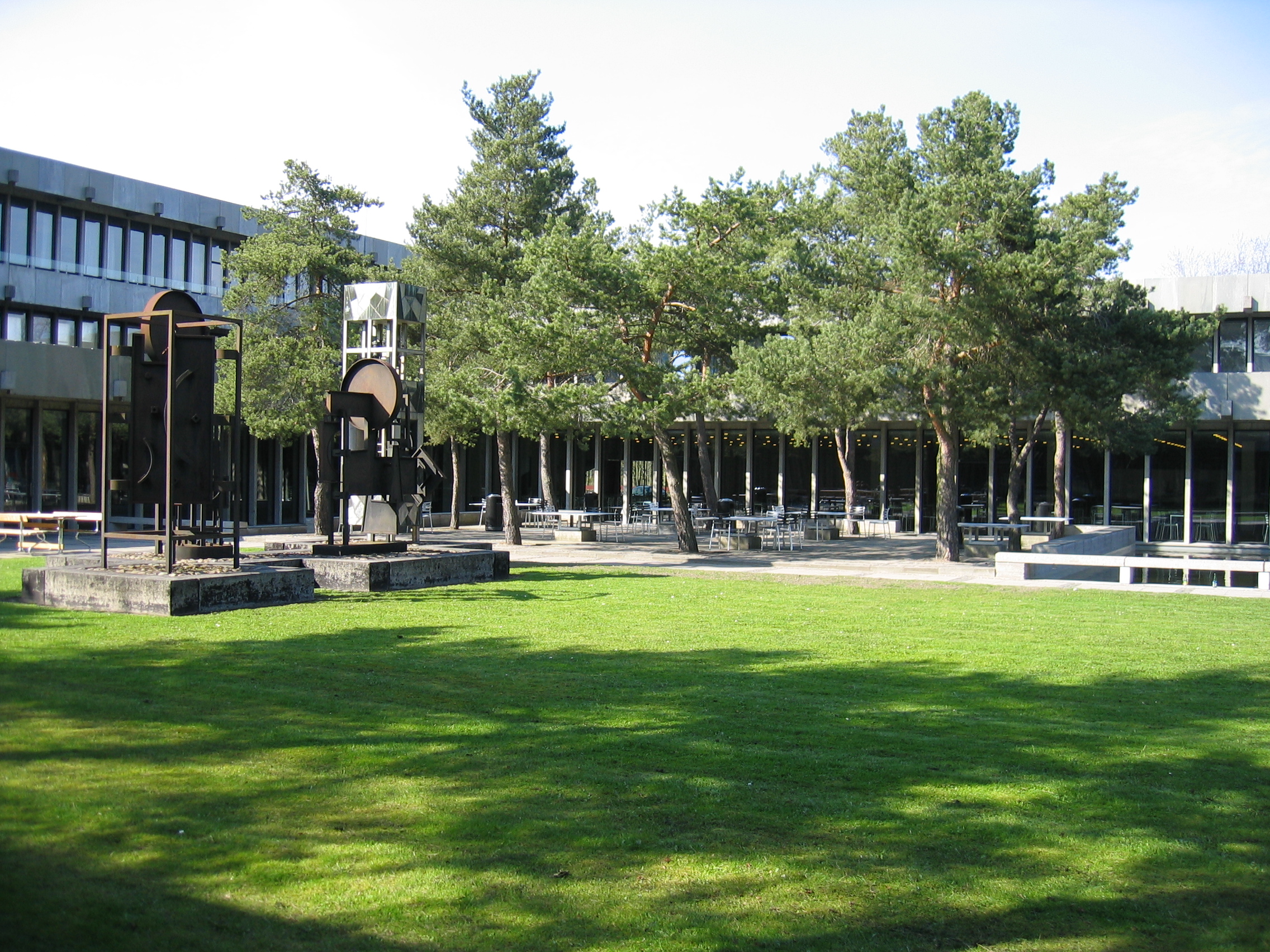|
Talos Dome
Talos Dome () (sometimes spelled Thalos Dome) is a large ice dome rising to 2,300 m to the southwest of the Usarp Mountains in Antarctica. The dome overlies the east margin of the Wilkes Subglacial Basin. The feature was delineated by the Scott Polar Research Institute (SPRI)-National Science Foundation (NSF)-Technical University of Denmark (TUD) airborne radio echo sounding program, 1967–79, and was named after Talos of Greek mythology, who assisted Minos in the defense of Crete. See also * List of Antarctic field camps Many Antarctic research stations support satellite field camps which are, in general, seasonal camps. The type of field camp can vary – some are permanent structures used during the annual Antarctic summer, whereas others are little more than te ... References * Ice caps of Antarctica Bodies of ice of Oates Land {{glaciology-stub ... [...More Info...] [...Related Items...] OR: [Wikipedia] [Google] [Baidu] |
Usarp Mountains
The Usarp Mountains are a major Antarctic mountain range, lying west of the Rennick Glacier and trending north to south for about . The feature is bounded to the north by Pryor Glacier and the Wilson Hills. These mountains were discovered and first photographed from aircraft of the U.S. Navy Operation Highjump in 1946. They were first sighted and entered by the U.S. Victoria Land Traverse 1959-1960 (VLT), and the first ascent of Mount Welcome was made by John G. Weihaupt, Alfred Stuart, Claude Lorius, and Arnold Heine of that traverse team. The mountains were completely mapped by the United States Geological Survey from VLT reports, U.S. Navy air photos from 1960–63, and subsequent surveys. The name is an acronym of the United States Antarctic Research Program (USARP), and was applied by Advisory Committee on Antarctic Names (US-ACAN) in recognition of the accomplishments of that program in Antarctica. A detailed account of the Victoria Land Traverse appears in the Geologi ... [...More Info...] [...Related Items...] OR: [Wikipedia] [Google] [Baidu] |
Antarctica
Antarctica () is Earth's southernmost and least-populated continent. Situated almost entirely south of the Antarctic Circle and surrounded by the Southern Ocean, it contains the geographic South Pole. Antarctica is the fifth-largest continent, being about 40% larger than Europe, and has an area of . Most of Antarctica is covered by the Antarctic ice sheet, with an average thickness of . Antarctica is, on average, the coldest, driest, and windiest of the continents, and it has the highest average elevation. It is mainly a polar desert, with annual precipitation of over along the coast and far less inland. About 70% of the world's freshwater reserves are frozen in Antarctica, which, if melted, would raise global sea levels by almost . Antarctica holds the record for the lowest measured temperature on Earth, . The coastal regions can reach temperatures over in summer. Native species of animals include mites, nematodes, penguins, seals and tardigrades. Where ve ... [...More Info...] [...Related Items...] OR: [Wikipedia] [Google] [Baidu] |
National Antarctic Research Program
National Antarctic Research Program (''Programma Nazionale di Ricerche in Antartide'' or PNRA) is the Italian Antarctic research program. The PNRA is directed by the Ministry of Education, University and Research (MIUR) through two national bodies: the National Research Council of Italy (CNR) for the coordination of scientific research and the National Agency for New Technologies, Energy and Sustainable Economic Development (ENEA) for the implementation of the Antarctic expeditions, for logistics and the maintenance of the two Antarctic stations. Italy started its National Antarctic Program in 1985 with the formation of the Programma Nazionale di Ricerche in Antartide (PNRA) and the National Scientific Committee for Antarctica (CSNA). Italy maintains two Antarctic research stations. The first one, built in 1986, is Mario Zucchelli Station at Terra Nova Bay, a permanent station. In 1993, Italy and France agreed to build a joint station at Dome C, named Concordia, which was in ... [...More Info...] [...Related Items...] OR: [Wikipedia] [Google] [Baidu] |
Ice Core Extracted At Talos Dome Showing An Ash Layer Corresponding To The Toba Eruption
Ice is water frozen into a solid state, typically forming at or below temperatures of 0 degrees Celsius or Depending on the presence of impurities such as particles of soil or bubbles of air, it can appear transparent or a more or less opaque bluish-white color. In the Solar System, ice is abundant and occurs naturally from as close to the Sun as Mercury to as far away as the Oort cloud objects. Beyond the Solar System, it occurs as interstellar ice. It is abundant on Earth's surfaceparticularly in the polar regions and above the snow lineand, as a common form of precipitation and deposition, plays a key role in Earth's water cycle and climate. It falls as snowflakes and hail or occurs as frost, icicles or ice spikes and aggregates from snow as glaciers and ice sheets. Ice exhibits at least eighteen phases ( packing geometries), depending on temperature and pressure. When water is cooled rapidly ( quenching), up to three types of amorphous ice can form depending on ... [...More Info...] [...Related Items...] OR: [Wikipedia] [Google] [Baidu] |
Ice Cap
In glaciology, an ice cap is a mass of ice that covers less than of land area (usually covering a highland area). Larger ice masses covering more than are termed ice sheets. Description Ice caps are not constrained by topographical features (i.e., they will lie over the top of mountains). By contrast, ice masses of similar size that ''are'' constrained by topographical features are known as ice fields. The ''dome'' of an ice cap is usually centred on the highest point of a massif. Ice flows away from this high point (the ice divide) towards the ice cap's periphery. Ice caps have significant effects on the geomorphology of the area that they occupy. Plastic moulding, gouging and other glacial erosional features become present upon the glacier's retreat. Many lakes, such as the Great Lakes in North America, as well as numerous valleys have been formed by glacial action over hundreds of thousands of years. On Earth, there are about of total ice mass. The average temper ... [...More Info...] [...Related Items...] OR: [Wikipedia] [Google] [Baidu] |
Wilkes Subglacial Basin
The Wilkes Basin is a large subglacial basin situated generally southward of George V Coast and westward of Prince Albert Mountains in East Antarctica. The feature is approximately 1400 km long and 400 km wide. The Wilkes Basin is considered to be the largest marine-based drainage basin in East Antarctica, and may be in a state of marine ice sheet instability, caused by warm water intrusion into the shelf cavities. History It was discovered by the United States Victoria Land Traverse of 1959–1960. It was named by the Advisory Committee on Antarctic Names (US-ACAN) (1961) for the proximity of the western portion of this feature to Wilkes Land, and for the explorations along George V Coast by the United States Exploring Expedition (1838–42) under Lieutenant Charles Wilkes, USN. Deglaciation A study reported in Nature Climate Change on May 5, 2014 says the marine ice trapped in the basin is at risk of melting over the next 200 years. If unstopped, the East Antarct ... [...More Info...] [...Related Items...] OR: [Wikipedia] [Google] [Baidu] |
Scott Polar Research Institute
The Scott Polar Research Institute (SPRI) is a centre for research into the polar regions and glaciology worldwide. It is a sub-department of the Department of Geography in the University of Cambridge, located on Lensfield Road in the south of Cambridge. SPRI was founded by Frank Debenham in 1920 as the national memorial to Captain Robert Falcon Scott and his companions, who died on their return journey from the South Pole in 1912. It investigates issues relevant to the Arctic and Antarctic in the environmental sciences, social sciences and humanities. The institute is home the Polar Museum and has some 60 personnel, consisting of academic, library and support staff plus postgraduate students, associates and fellows attached to research programmes. The institute also hosts the Scientific Committee on Antarctic Research. Research SPRI has several research groups. Notable researchers that have been based at the institute include Julian Dowdeswell, British diplomat Bry ... [...More Info...] [...Related Items...] OR: [Wikipedia] [Google] [Baidu] |
National Science Foundation
The National Science Foundation (NSF) is an independent agency of the United States government that supports fundamental research and education in all the non-medical fields of science and engineering. Its medical counterpart is the National Institutes of Health. With an annual budget of about $8.3 billion (fiscal year 2020), the NSF funds approximately 25% of all federally supported basic research conducted by the United States' colleges and universities. In some fields, such as mathematics, computer science, economics, and the social sciences, the NSF is the major source of federal backing. The NSF's director and deputy director are appointed by the President of the United States and confirmed by the United States Senate, whereas the 24 president-appointed members of the National Science Board (NSB) do not require Senate confirmation. The director and deputy director are responsible for administration, planning, budgeting and day-to-day operations of the foundation, whi ... [...More Info...] [...Related Items...] OR: [Wikipedia] [Google] [Baidu] |
Technical University Of Denmark
The Technical University of Denmark ( da, Danmarks Tekniske Universitet), often simply referred to as DTU, is a polytechnic university and school of engineering. It was founded in 1829 at the initiative of Hans Christian Ørsted as Denmark's first polytechnic, and it is today ranked among Europe's leading engineering institutions. It is located in the town Kongens Lyngby, north of central Copenhagen, Denmark. Along with École Polytechnique in Paris, École Polytechnique Fédérale de Lausanne, Eindhoven University of Technology, Technical University of Munich and Technion – Israel Institute of Technology, DTU is a member of EuroTech Universities Alliance. History DTU was founded in 1829 as the "College of Advanced Technology" (Danish: Den Polytekniske Læreanstalt). The Physicist Hans Christian Ørsted, at that time a professor at the University of Copenhagen, was one of the driving forces behind this initiative. He was inspired by the École Polytechnique in Paris, Franc ... [...More Info...] [...Related Items...] OR: [Wikipedia] [Google] [Baidu] |
Antarctic Field Camps
Many Antarctic research stations support satellite field camps which are, in general, seasonal camps. The type of field camp can vary – some are permanent structures used during the annual Antarctic summer, whereas others are little more than tents used to support short term activities. Field camps are used for many things, from logistics ( Sky Blu) to dedicated scientific research ( WAIS Divide Field Camp). List of field camps See also * Research stations in Antarctica * Demographics of Antarctica *List of Antarctic expeditions This list of Antarctic expeditions is a chronological list of expeditions involving Antarctica. Although the existence of a southern continent had been hypothesized as early as the writings of Ptolemy in the 1st century AD, the South Pole was no ... *Transport in Antarctica References External links COMNAP Antarctic Facilities() COMNAP Antarctic Facilities Map() Antarctic Digital Database Map Viewer SCAR {{Polar exploration Ou ... [...More Info...] [...Related Items...] OR: [Wikipedia] [Google] [Baidu] |
Ice Caps Of Antarctica
Ice is water frozen into a solid state, typically forming at or below temperatures of 0 degrees Celsius or Depending on the presence of impurities such as particles of soil or bubbles of air, it can appear transparent or a more or less opaque bluish-white color. In the Solar System, ice is abundant and occurs naturally from as close to the Sun as Mercury to as far away as the Oort cloud objects. Beyond the Solar System, it occurs as interstellar ice. It is abundant on Earth's surfaceparticularly in the polar regions and above the snow lineand, as a common form of precipitation and deposition, plays a key role in Earth's water cycle and climate. It falls as snowflakes and hail or occurs as frost, icicles or ice spikes and aggregates from snow as glaciers and ice sheets. Ice exhibits at least eighteen Phase (matter), phases (Sphere packing, packing geometries), depending on temperature and pressure. When water is cooled rapidly (quenching), up to three types of amorphous ... [...More Info...] [...Related Items...] OR: [Wikipedia] [Google] [Baidu] |





